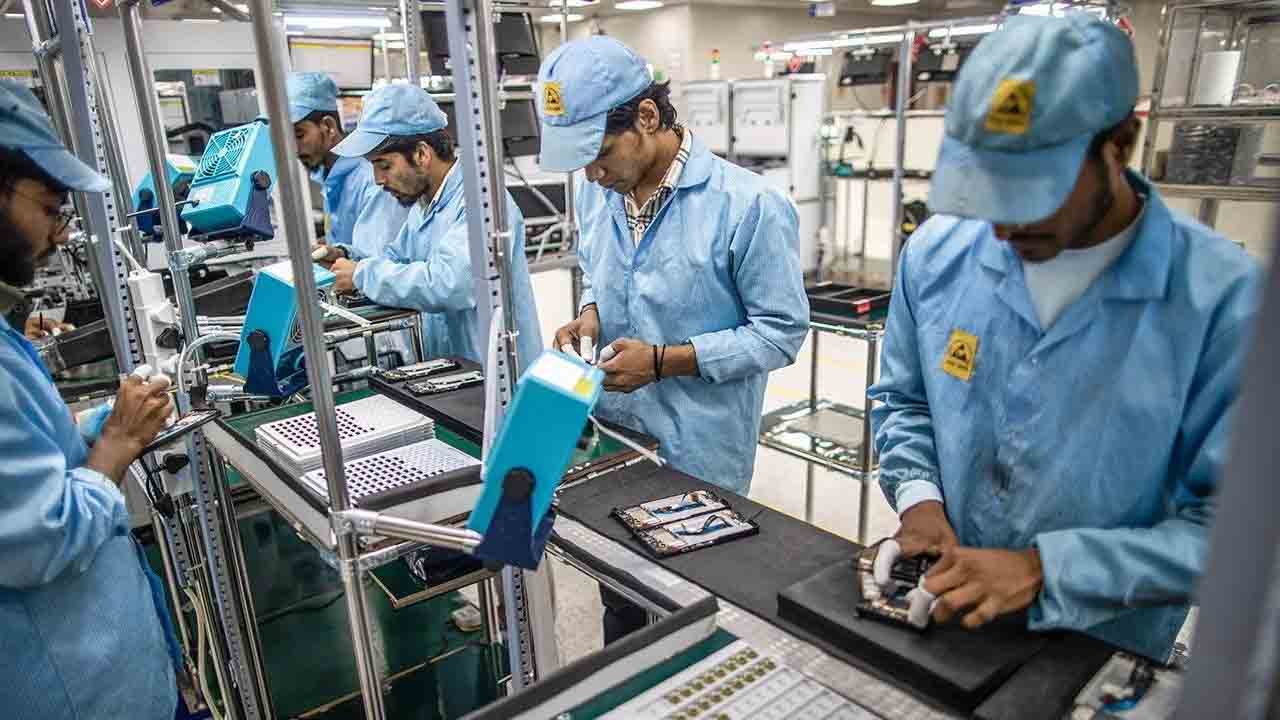In a decisive move towards self-sufficiency in electronics manufacturing, the Union Cabinet, led by Prime Minister Narendra Modi, has greenlit the Electronics Component Manufacturing Scheme, allocating ₹22,919 crore to fortify India’s supply chain.
The initiative seeks to build a resilient domestic ecosystem by attracting significant global and local investments, enhancing domestic value addition (DVA) through capacity expansion, and integrating Indian firms into global value chains (GVCs). According to official estimates, the scheme is expected to mobilize ₹59,350 crore in investments, drive production worth ₹4,56,500 crore, and create 91,600 direct jobs, along with numerous indirect employment opportunities.
Table of Contents
Key Features of the Scheme
1. Incentives Tailored to Component Categories
The scheme provides customized incentives to Indian manufacturers, addressing structural challenges and fostering technological advancements while enabling economies of scale.
Sub-Assemblies: Manufacturers of Display Module Sub-assemblies and Camera Module Sub-assemblies will benefit from turnover-linked incentives.
-
Bare Components:
Producers of Non-Surface Mount Devices (Non-SMD) Passive Components and Electro-mechanical components for electronics are eligible for turnover-linked incentives.
The incentive also extends to Multi-layer Printed Circuit Boards (PCBs) and Li-ion Cells for digital applications (excluding mobility and storage).
Enclosures for mobile phones, IT hardware, and related electronic products will also qualify for turnover-linked support.
-
Selected Bare Components:
High-Density Interconnect (HDI) PCBs, Modified Semi-Additive Process (MSAP) PCBs, Flexible PCBs, and Surface Mount Device (SMD) Passive Components will receive a hybrid incentive package.
-
Supply Chain & Capital Equipment:
Manufacturers producing parts and components for the sub-assemblies and bare components mentioned above will qualify for capital expenditure (CapEx) incentives.
Additionally, CapEx incentives will be available for the production of capital goods used in electronics manufacturing, including their sub-assemblies and components.
2. Implementation Timeline
The scheme is structured to be implemented over six years, with a one-year gestation period to ensure smooth execution and ramp-up.
3. Employment-Linked Incentives
A portion of the financial incentives will be tied to employment targets, encouraging companies to generate a significant number of jobs in the sector.
By fostering large-scale investments and incentivizing local manufacturing, this initiative is set to accelerate India’s ambition to become a global hub for electronics production, reducing reliance on imports and strengthening its technological sovereignty.










